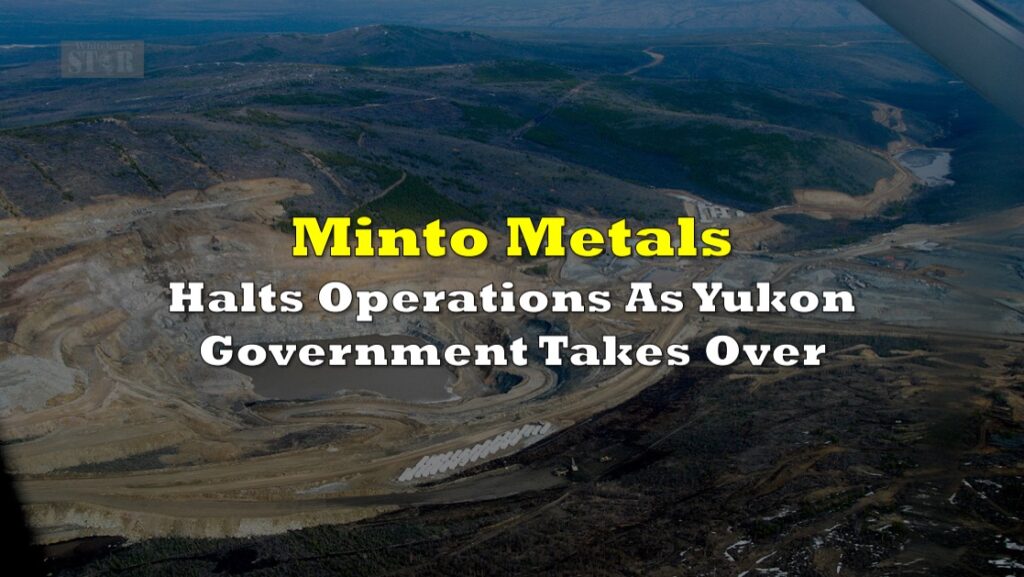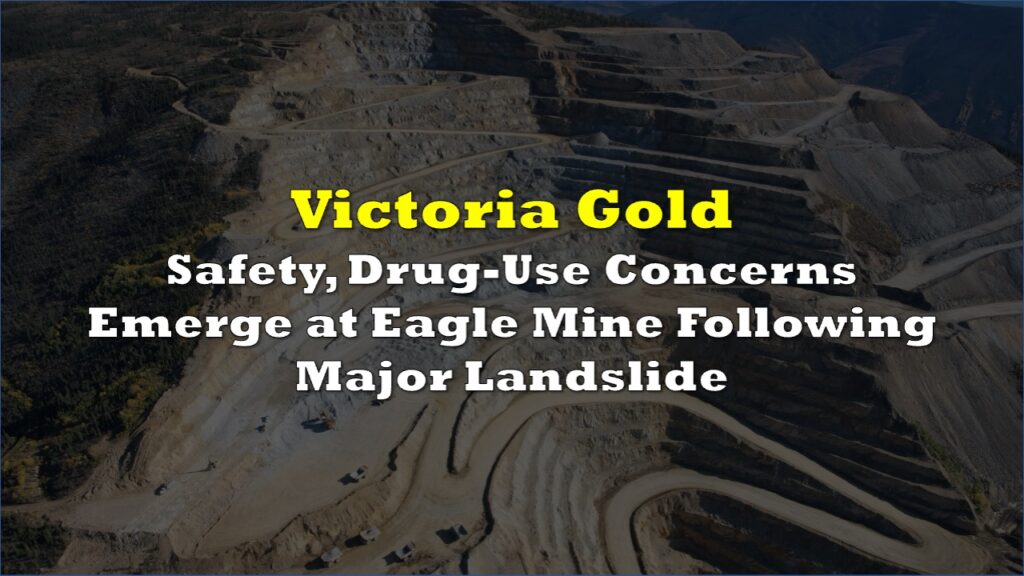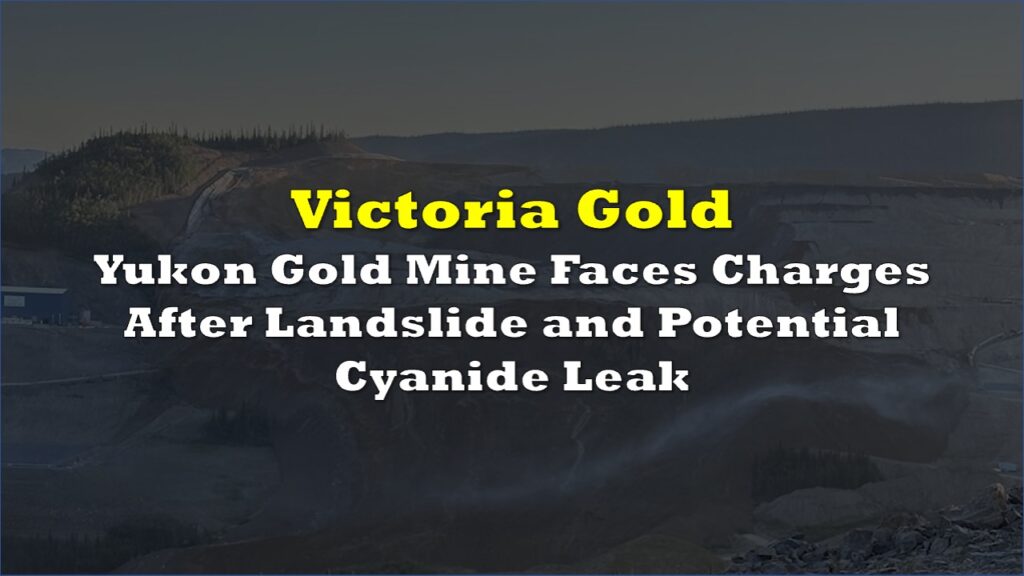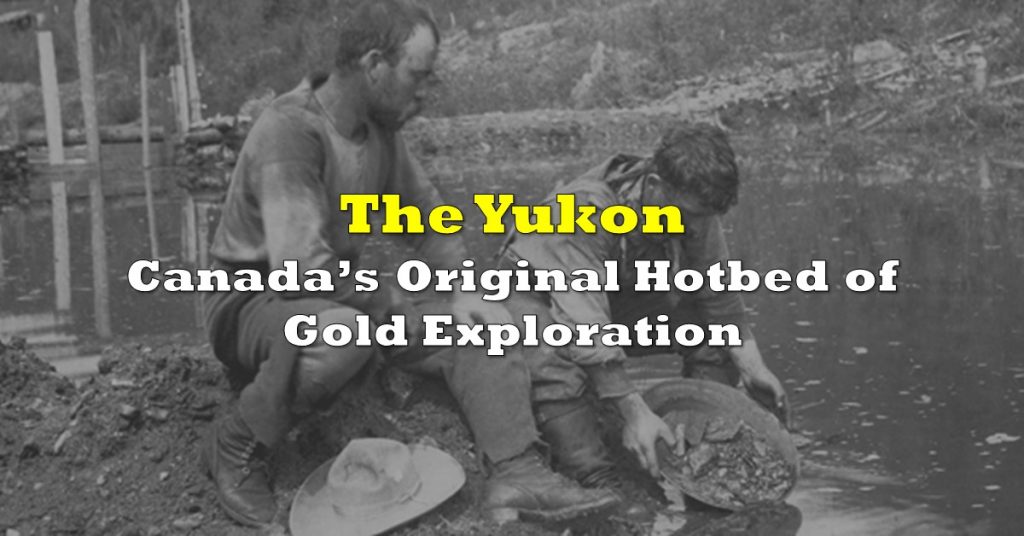In the aftermath of a significant landslide at Victoria Gold’s Eagle mine heap leach facility, the Yukon government is navigating a delicate balance between economic interests and Indigenous rights. Despite calls from the First Nation of Na-Cho Nyäk Dun (FNNND) to halt all mining activities on their territory, the government has opted to continue existing operations while pausing new projects temporarily.
The landslide at the Eagle mine, where cyanide is utilized to extract gold, raised substantial environmental and safety concerns. In response, FNNND demanded a comprehensive pause on all mining activities and an independent investigation into the incident.
In an August 5 statement, Yukon Premier Ranj Pillai articulated the government’s stance, acknowledging the complexity of the situation. “The scope and nature of FNNND’s request to halt all exploration and mining activities on their Traditional Territory has significant legal and economic consequences,” Pillai noted.
Yukon’s mining operations are governed by a complex framework of federal and territorial laws, anchored in the Umbrella Final Agreement (UFA). This agreement, while not legally binding itself, serves as a foundation for Yukon First Nation Final Agreements, which are legally binding once ratified and enacted.
Pillai emphasized that a blanket cessation of mining activities would necessitate measures beyond those envisioned in current regulations, such as the Yukon Environmental and Socio-economic Assessment Act (YESAA) and the Waters Act. He warned that such an action would have “serious consequences for all Yukoners.”
While the government will not halt ongoing permitted mining activities, it has proposed a series of measures to address FNNND’s concerns. These include a ban on new claims in culturally or environmentally sensitive areas and a two-month pause on ongoing mine licence consultations within FNNND territory.
The Yukon government has committed to not licensing any new heap leach facilities until the findings from the landslide’s independent review are fully integrated into the territory’s mining policies. This step aligns with FNNND’s demand for more rigorous regional land use planning.
“While large-scale mining operations are the backbone of our territorial economy, we must ensure that industry operating today is not doing so at the expense of future Yukoners or the environment,” said Pillai. He underscored the government’s dual responsibility to foster economic growth while safeguarding the environment and public health.
Pillai reiterated the need for sustainable mining practices, stressing that the Yukon government seeks to attract companies committed to long-term environmental stewardship. “As caretakers, it is our responsibility to ensure our children and our children’s children can live in a future where it continues to be safe to drink the water and harvest the animals from the land,” he said.
The UFA, signed in 1993, is a landmark document outlining the framework for negotiating individual land claims agreements between the Yukon government and First Nations. It establishes the process for sharing land and resources, ensuring First Nations have a significant role in decision-making about their traditional territories. Each Yukon First Nation Final Agreement builds on the UFA, adding specific terms tailored to the needs and contexts of each community.
Information for this story was found via Mining.com and the sources and companies mentioned. The author has no securities or affiliations related to the organizations discussed. Not a recommendation to buy or sell. Always do additional research and consult a professional before purchasing a security. The author holds no licenses.









